#edward lear
Text
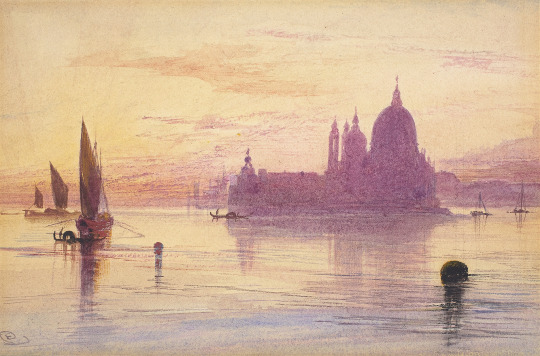
Edward Lear - Santa Maria della Salute, Venice, at Sunset (1865-1884)
195 notes
·
View notes
Text

River Pass between Barren Rock Cliffs, Edward Lear, 1867
#art#art history#Edward Lear#landscape#landscape painting#landscape art#watercolor#gouache#British art#English art#19th century art#Victorian period#Victorian art#Yale Center for British Art
131 notes
·
View notes
Text
The heraldic cat reminded me of Edward Lear’s drawings of his cat Foss



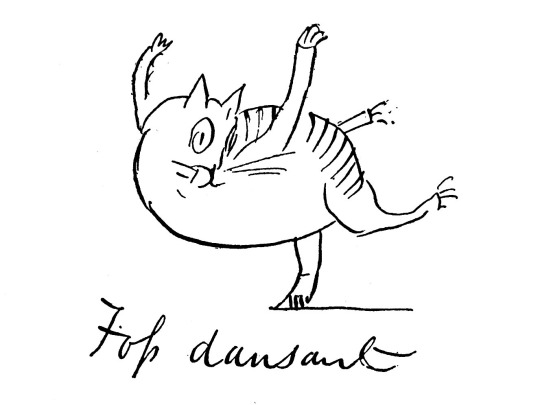



251 notes
·
View notes
Text
For #InternationalTigerDay 🐅 on #Caturday:

“Tigerlillia Terribilis” from Edward Lear’s Nonsense Botany (1871–77)
#animals in art#tiger#International Tiger Day#animal holiday#feline#Caturday#Edward Lear#Nonsense Botany#19th century art#British art#European art#book art#book illustration#illustration#line drawing#tigers
246 notes
·
View notes
Text

Edward Lear A Study of Ferns Civitella (Italy). Oil on green wove paper: 15 × 17 cm (6 × 7 in). October 1842.
#edward lear#art#light academia#forest#beauty#plants#ecology#earth#science#leaves#flowers#botanical#outdoors#oil painting#nature#landscape#19th century#garden#art history#naturecore
99 notes
·
View notes
Text
Here is a totally unprompted, baseless, and useless crackpot theory.
In the poems The Jumblies and The Dong with the Luminous Nose by Edward Lear, Lear describes the Jumblies as having “sky-blue hands and sea-green hair,” and most artists — including Lear himself — would draw them as little humanoid gremlin creatures.
I think he was describing blue and gold macaws.
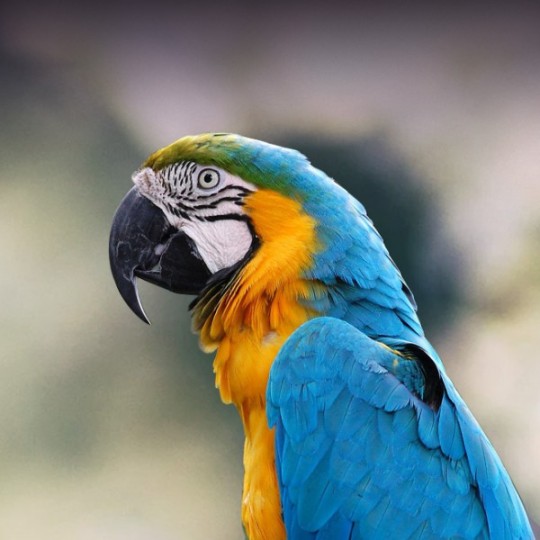
Blue and gold macaws have blue wings and a prominent green crest on their heads. “Their heads are green, their hands are blue, and they went to sea in a sieve.”
And here’s another fact: Edward Lear was famous for painting parrots. He published an entire book of parrots painted by studying live examples at the London Zoo and from private collections, including the blue and gold macaw.
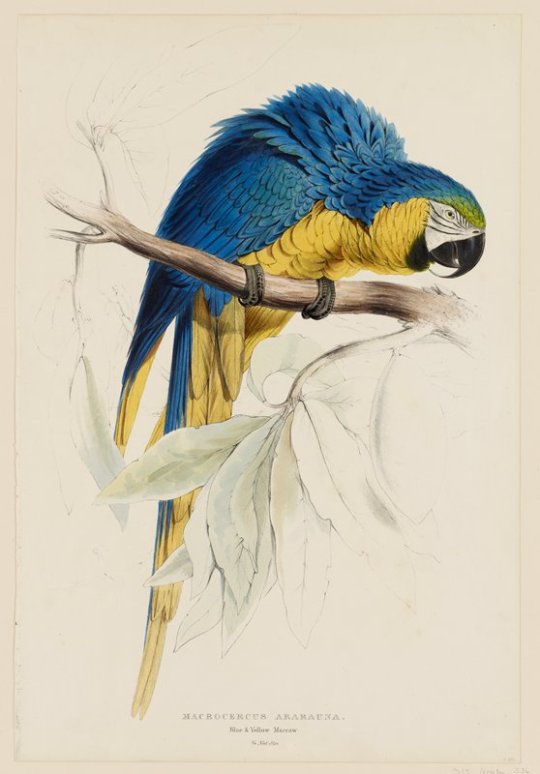
Which means he definitely studied them in person before he wrote the poem.
Does any of this mean anything? Absolutely not, but you should read some of Edward Lear’s nonsense poetry because he was writing his own private poetic universe and characters and concepts he would describe in one poem would be expanded in others. The Dong is connected to the Jumblies and the Quangle Wangle Quee, which in turn connects him to the Pobble Who Has No Toes, and his name is the Dong.
#edward lear#the jumblies#this is also why when i was tinkering with a dnd setting based on lear poems#jumblies were basically gnomes with parrot wings#because of this totally useless crackpot conspiracy theory
62 notes
·
View notes
Text
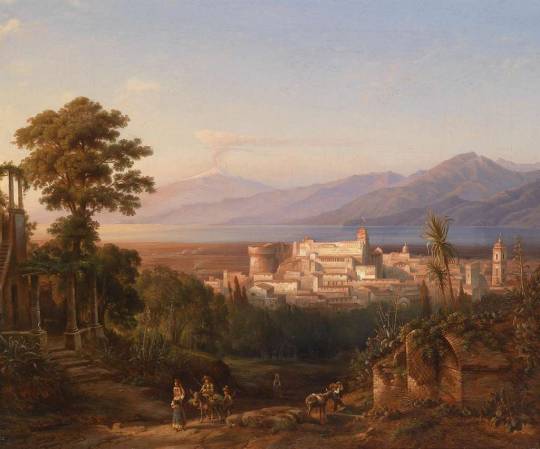
Reggio Calabria (Calabria, Italy) in a 19th century painting by Henry Jaeckel.
"Reggio is indeed one vast garden, and doubtless one of the loveliest spots to be seen on earth. A half-ruined castle, beautiful in colour and picturesque in form, overlooks all the long city, the wide straits, and snow-topped Etna volcano on the island of Sicily beyond."
- Edward Lear, Journals of a Landscape Painter in Southern Calabria, 1852
Henry Jaeckel, Aragonese Castle of Reggio Calabria with view of the Mount Aetna and Sicily, 1853
#reggio calabria#calabria#italy#italia#south italy#southern italy#edward lear#henry Jaeckel#paintings#quotes#mediterranean#mediterranean sea#sea#landscape#italian#europe#italian landscape#art#19th century art#19th century paintings#19th century painting#19th century#mount aetna#etna#etna volcano#sicily
30 notes
·
View notes
Photo






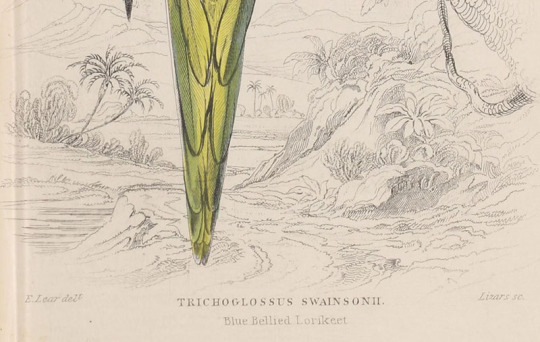


Edward Lear – Scientist of the Day
Edward Lear, an English nature artist and poet, was born May 12, 1812.
read more...
#Edward Lear#birds#scientific illustration#histsci#histSTM#19th century#history of science#Ashworth#Scientist of the Day
84 notes
·
View notes
Text
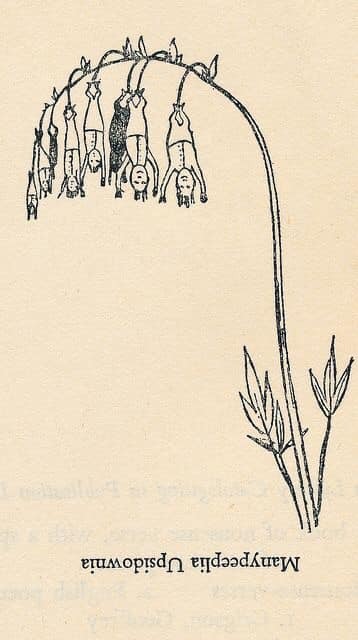
«Manypeeplia Upsidownia»
Edward Lear (1812-1888), Nonsense Botany
8 notes
·
View notes
Text

Taormina and Mount Etna, Edward Lear, 1882
#art#art history#Edward Lear#landscape#landscape painting#Sicily#Italy#Mount Etna#British art#English art#19th century art#Victorian period#Victorian art#oil on canvas#ruins
258 notes
·
View notes
Text

Edward Lear (English, 1812–1888), "Kangchenjunga from Darjeeling", 1879
#Edward Lear#art#english art#painting#landscape#landscape painting#oil on canvas#oil painting#19th century art#19th century#1870s#paintings#scenery#nature#mountain#travel#traveling#mountain painting#himalayas
9 notes
·
View notes
Text
Edward Lear was born #OTD (12 May 1812 – 29 January 1888). #BookRecommendations:

The Natural History of Edward Lear, New Edition (2021)

The Parrots: Die Papagein - Les Perroquets: 1830-1832 - Edward Lear: The Complete Plates (2018)
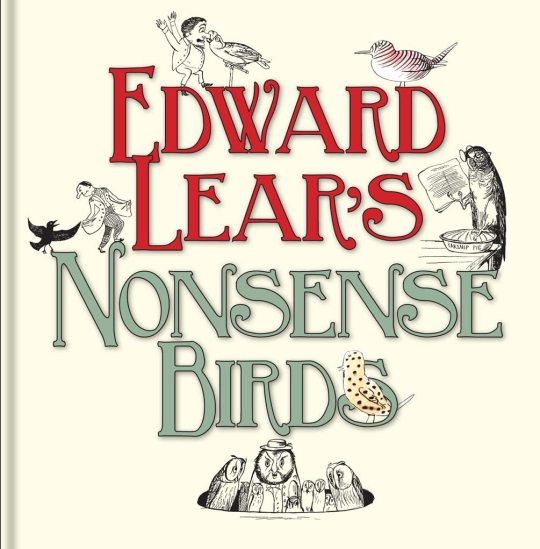
Edward Lear's Nonsense Birds (2013)
#animals in art#european art#birds in art#19th century art#bird#birds#parrot#parrots#Edward Lear#natural history art#scientific illustration#cartoon#natural history#British art#OTD#birthday post#book recommendation#Amazon Associates
15 notes
·
View notes
Text
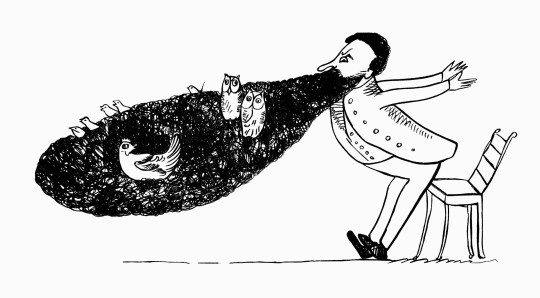
There was an Old Man with a beard
Who said, "It is just as I feared!
Two Owls and a Hen,
Four Larks and a Wren
Have all built their nests in my beard."
- Edward Lear, limerick and drawing, 1846.
#edward lear#poetry#lit#humor#limerick#19th century#victorian#retro#art#illustration#drawing#light academia#reading#culture#surreal#fantasy#poem#1840s#birds#beards#🎨 📚
30 notes
·
View notes


